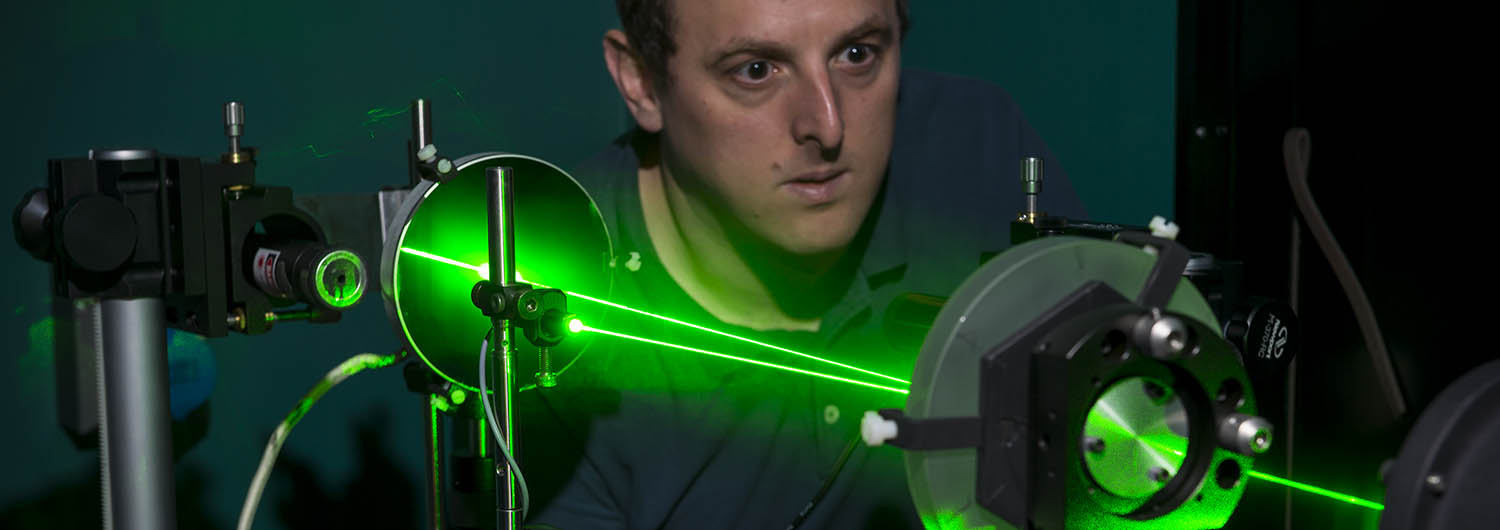Revision of the International System of Units
MSL is the New Zealand home for the International System of Units (the SI).

The International System of Units, known as the SI, is the globally-agreed basis for expressing measurements at all levels of precision, and in all areas of science, technology, and human endeavour.
The SI is made up of seven base quantities that each correspond to a universally-recognised unit.
The SI will undergo a major revision in May 2019 that will be implemented by the international measurement community. This global change involves moving away from material artefacts (e.g. the kilogram prototype in Paris), and instead defining all base units in terms of a set of constants of nature.
The Measurement Standards Laboratory is the primary agency responsible for implementing the new SI redefinitions into New Zealand. Adopting the definitions will allow NZ to remain consistent with international best practice and allow precision measurement to be available to everyone.
Four of the base units – the kilogram, ampere, kelvin, and mole – will be redefined based on fixed numerical values of the Planck constant (h), the elementary charge (e), the Boltzmann constant (k), and the Avogadro constant (NA), respectively. The three remaining base units – the second, metre and candela – are already defined by physical constants, so it will only be necessary to edit their present definitions.
You can download a handy factsheet on the changes here [PDF, 373 KB].
